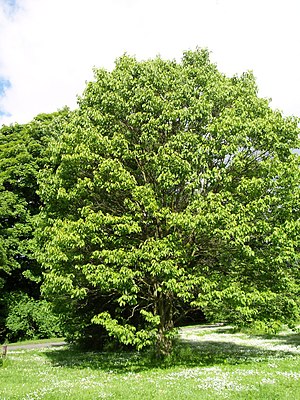Difference between revisions of "Hovenia dulcis"
Jump to navigation
Jump to search
m (1 revision: Hovenia dulcis) |
({{Ack-Wikipedia}}) |
||
| (One intermediate revision by the same user not shown) | |||
| Line 1: | Line 1: | ||
| − | |||
{{taxobox | {{taxobox | ||
|image = Hovenia dulcis.jpg | |image = Hovenia dulcis.jpg | ||
| Line 15: | Line 14: | ||
|}} | |}} | ||
| − | + | {{Ack-Wikipedia}} | |
| − | |||
| − | |||
| − | |||
| − | |||
| − | |||
| − | |||
| − | |||
| − | |||
| − | |||
| − | |||
| − | |||
| − | |||
| − | |||
| − | |||
| − | |||
| − | |||
| − | |||
| − | |||
| − | |||
| − | |||
| − | |||
| − | |||
| − | |||
| − | |||
| − | |||
| − | |||
| − | |||
| − | |||
| − | |||
| − | |||
| − | |||
| − | |||
| − | |||
| − | |||
| − | |||
| − | |||
| − | |||
| − | |||
| − | |||
| − | |||
| − | |||
[[Category:Rhamnaceae]] | [[Category:Rhamnaceae]] | ||
| + | [[Category:Plants for Keenan to eat]] | ||
Latest revision as of 12:16, 20 October 2019
| Hovenia dulcis | |
|---|---|

| |
| Scientific classification | |
| Kingdom: | |
| (unranked): | |
| (unranked): | |
| (unranked): | |
| Order: | |
| Family: | |
| Genus: | Thunb.
|
| Species: | H. dulcis
|
| Binomial name | |
| Hovenia dulcis | |
Acknowledgements
This article uses material from the Wikipedia article Hovenia dulcis, which is released under the Creative Commons Attribution-Share-Alike License 3.0.